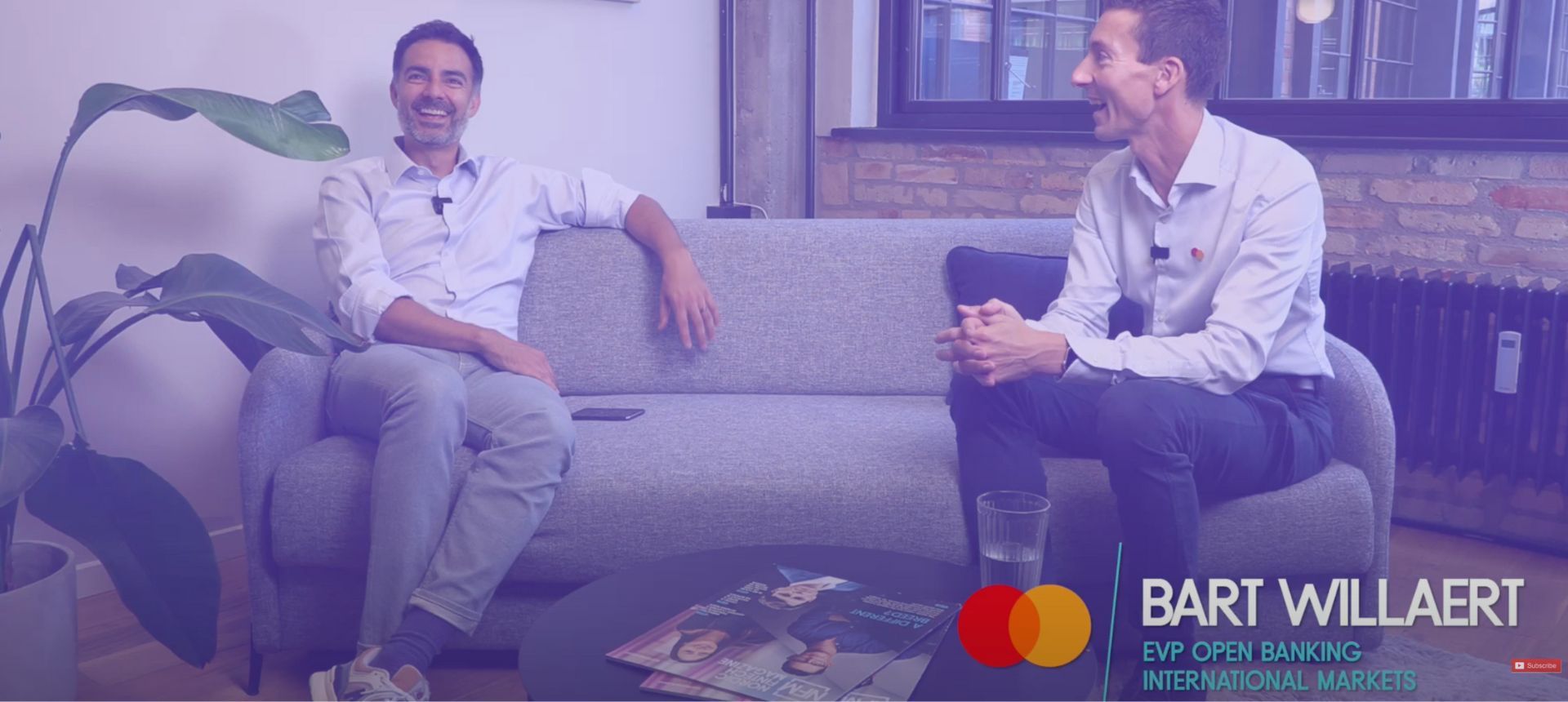
The future of open banking
February 11, 2020
As the new year moves into full swing, many industry leaders are polishing off their crystal balls in an attempt to accurately forecast what the future holds for their businesses and bottom lines. With so many disruptions happening in the field of fintech last year and in January 2020, there is a good chance that even more redefining changes are just over the horizon.
We sat down with CEO Rune Mai and CSO Jonas Vogt Rasmussen to find out what their predictions are for open banking in 2020, and why Nordic API Gateway believes that a deep and wide approach wins the race.

Convenience on the horizon
The birth of open banking in Europe is beginning to catch on globally, creating a need for more financial convenience and compliance among businesses and customers worldwide. But with great opportunity comes great responsibility, and with the open banking landscape still acting the equivalent of the American Wild West - players vying for position in uncharted territory - insight and innovation will ultimately prevail in the end. But the dust is starting to settle around the early movers in the industry and some clear and concise takeaways are coming into focus.
“As we move into 2020, open banking will be about maturing the financial services scope and making sure people understand its value, because what will most definitely drive the agenda is convenience,” says Nordic API Gateway CEO and Co-Founder Rune Mai.
Convenience meets compliance
There’s no question that the race is on to meet customers’ rapidly changing expectations. This means that financial services organisations will need to take immediate action to ensure survival in an increasingly competitive market. But with the overwhelming banking solutions available, the landscape is seen as a source of complexity rather than convenience to some. That’s why it’s important to spotlight crisp, clear open banking use cases. “We’re not talking about open banking as just a term anymore, but actual value for business,” insists Jonas Vogt Rasmussen, Nordic API Gateway’s Chief Strategy Officer. “On top of that, we’re seeing that the ‘airways of open banking’ are much more readily available”.
Moving forward, making open banking airways more available will require future-proof security measures that reassure customers their data is safe to share. “If you deliver convenience and good experiences, being compliant is a part of that,” Jonas shares. Rune agrees adding that “customers today are starting to demand that kind of trust from services. The future of financial data will be such that the data itself is set free, while still allowing customers to control where, when and how their personal data is shared.”
A deep and wide approach wins the race
Right now there is a surge of fintechs popping up and expanding around the world seemingly overnight. It’s a practice known as “blitzscaling” and although the practice of banking can be seen as relatively the same globally, stumbling into the various, regional sub-sects of the banking world should be done with a certain amount of caution. “Open banking should be global in a sense,” reasons Jonas, “but when we talk about the use cases for Europe, for instance, we see they aren’t based on one behaviour or expectation. The use cases we see and the way we utilise data in the Nordics differs from the way it’s done in the Baltics or southern Europe.”
Rune says that PSD2 is making it easier for financial services to be present in multiple countries, but those services still tend to be bound to a regional commitment due to regulations and customer demand. “The concept of ‘going global’ is appealing to many because it’s an abstraction that allows you to put your unit economics into a spreadsheet and just multiply. But the reality is that you need to take your time to understand a market before racing into it.”

Each market has its own rules and regulations that companies need to abide by. Blitzscaling assumes that consumers and business owners and local regulators are the same all over. “That’s why blitzscaling makes even less sense to me in the world of fintech,” Rune confides, “because moving too fast will bring you to a position where you are non-compliant in many countries.”
He cites Uber as an example: a global company that has had to back out of certain markets around the world because its one size fits all approach has been deemed non-compliant in some regions. “I personally believe that if you want to build products and services that end up being global, you have to start local and understand that market before moving on to the next. With Nordic API Gateway, we purposely move from country to country to ensure the groundwork we lay is solid and compliant so that our infrastructure isn't removed down the road.”
Playing prudent with PSD2
When the GDPR was enforced back in 2018, financial services moved quickly to comply with the tough new data protection rules. The same doesn’t seem to hold true for PSD2. Whereas the GDPR is a directly binding and applicable regulation imposing stiff fines for those found in violation, PSD2 is a directive that allows member states a certain amount of leeway as to the exact rules to be adopted. But that’s not the only reason banks are somewhat slow to act.
“Let’s remember what PSD2 is,” says Rune. “It’s releasing data that has been historically buried inside banks through regulation and payment laws that protected consumers from their financial data being used for anything. Even the banks couldn't use the data they held, and I think banks still think that way, that they can’t use the data in the advisory of their customers. But PSD2 and GDPR changed all that.”

Still, the PSD2 interface will take time to mature as banks further realise the new products and services they are allowed to build and offer. In addition, customers will need to accept that their most prized financial possession - data - is being freed to deliver more convenience for them.
“People can hate Facebook, but that doesn’t stop them from using it,” explains Rune. “I think the future will be more about leaving the place where you feel your data is being used behind your back and gravitating more towards the places that offer transparency. You should know why and how your data is being used and who has permission to access it.”
Jonas concludes: “We’re starting to gain a lot of traction with the banks we work with. Many of them want to explore how they can not only stay compliant with PSD2, but utilise the data and knowledge they already have in a commercially viable way that delivers more benefits to their customers. That’s why we exist - to help bring those advantages to life in an effective and transparent way that benefits both sides.”




